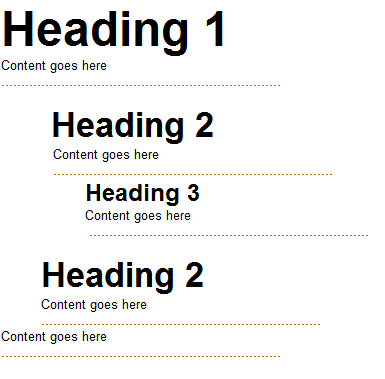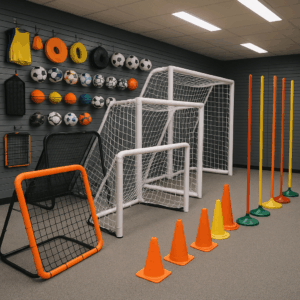Should you be using SEO headings such as H1, H2, H3? The short answer is yes, but Google (John Mueller) recently downplayed their importance for SEO.

It has long been a best practice for SEO to make sure your most important keywords were in the H1 tag and supporting keywords would then be placed in the H2. But, with all the recent updates to the Google Algorithm that focus around quality and that the algorithm understands natural language and content much better, it is no surprise that specifically adding keywords to headings is less impactful for SEO.
Here’s what John Mueller had to say in a recent Webmasters Hangout:
I think in general, headings are a bit overrated in the sense that it’s very easy to… get pulled into lots of theoretical discussions on what the optimal headings should be.
So How Does Google Use Headings?
He then elaborated on this to say what Google is really using them for:
We do use headings when it comes to search. But we use them to better understand the content on the pages.
Ah, there it is… But isn’t that really related to search? One could argue that that means they use them to better understand what is in the content and they use that understanding to produce better search results. Right?
Yes, you could, but the real epiphany here is John’s further statement about the difference between heading types:
So… this question of… how should I order my H1, H2, H3, headings and what should the content be, that’s something from my point of view isn’t really that relevant.
This brings me back to the concept that Google is putting a heavy emphasis on quality content that is valuable to visitors. More specifically using heading and a variety of them is important when it comes to breaking up the content and letting readers know what the content below the heading is about.
And guess what, Google uses the headings the same way a user would; “to better understand the content on the page.”
How Do You Use Headings Correctly for SEO?
- You should continue to use headings to break up your content and make it easier to read
- And by describing what is in the content you should naturally end up using keywords that are relevant to the copy
- Don’t just blindly add keywords to headings if that is not what the content is about and expect to get an SEO benefit
Here’s how Mueller explains it:
But rather, what we use these headings for is well we have this big chunk of text or we have this big image and there’s a heading above that, therefore maybe this heading applies to this chunk of text or to this image.
So it’s not so much like there are five keywords in these headings, therefore this page will rank for these keywords but more, here’s some more information about that piece of text or about that image on that page.
And that helps us to better understand how to kind of frame that piece of text, how to frame the images that you have within those blocks. And with that it’s a lot easier to find… the right queries that lead us to these pages.





